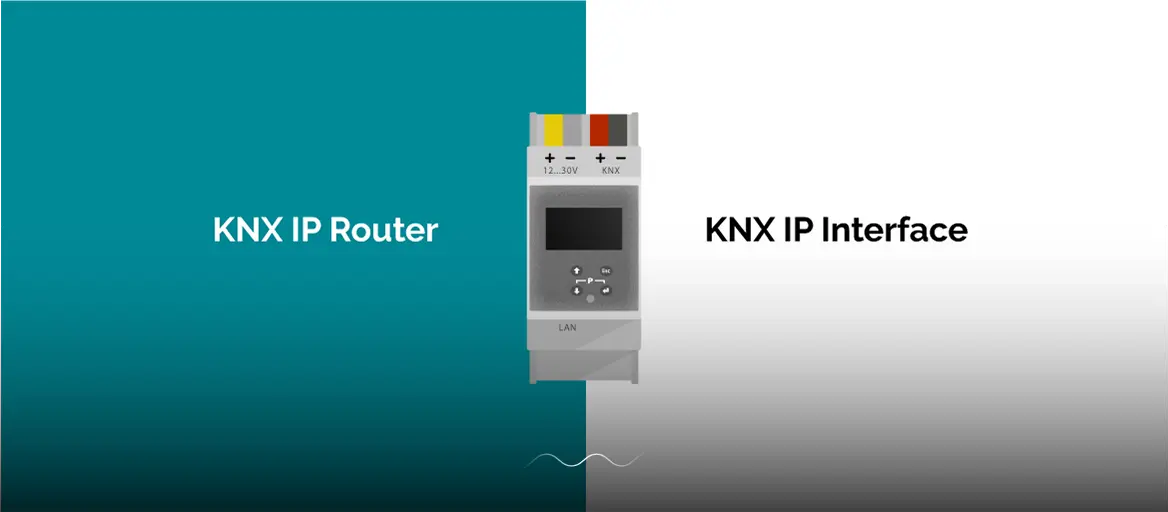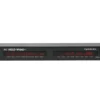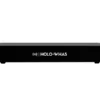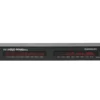For IT and network professionals managing building automation, the KNX system uses specific components to connect to your IP network. Two fundamental pieces of hardware you’ll frequently work with are the KNX IP Router and the KNX IP Interface.
While their names are similar and they both serve as gateways, they have distinct roles in how a KNX installation communicates. This guide will break down their specific functions, helping you choose the right device for a reliable and efficient building automation network, especially for how to control your multi-room streaming amplifier or whole audio system.
What is a KNX IP Router?

A KNX IP Router connects a KNX bus line to an IP network, like your building’s local area network (LAN). Its main job is to act as a line or area coupler, linking different segments of your KNX system using the IP network as a high-speed backbone. This is especially useful for large-scale installations that span multiple floors or buildings.
The “router” function is key. It intelligently filters KNX data packets, known as telegrams, and only forwards them between the KNX line and the IP network if necessary. This filtering prevents the network from being flooded with unnecessary traffic, which improves the overall performance and reliability of your building automation system.

What is a KNX IP Interface?
A KNX IP Interface serves a different purpose than a router. It acts as a dedicated gateway, providing a direct communication link between a computer and the KNX bus line. Think of it as a specialized adapter for system management tasks.
Its primary role is to connect a PC running Engineering Tool Software (ETS) to the KNX installation. This allows technicians to directly program devices, commission the system, and perform diagnostics without needing to route traffic across a larger network backbone. The interface essentially translates IP communication from the computer into KNX telegrams for the bus.
Unlike a router, an interface does not filter traffic or connect separate KNX lines. It is designed for focused access at a single point on the network.
KNX IP Router vs Interface: Key Differences

When comparing the two devices, the fundamental differences lie in their core function and how they handle data traffic on your network.
A KNX IP Router is designed to intelligently filter data. It inspects KNX telegrams and only forwards them between the bus and the IP network if they are needed, which prevents unnecessary traffic and keeps the system efficient.
An IP Interface, on the other hand, does not filter traffic. It provides a direct, raw data stream between a connected computer and the KNX bus, making it ideal for precise monitoring and programming tasks.
This functional difference extends to how they communicate. Routers use IP multicast to send telegrams across the network, allowing them to act as a backbone for the entire system. Interfaces typically use a direct unicast connection to a single PC.
Finally, most routers require their own auxiliary power supply to operate, whereas many interfaces can be powered directly from the KNX bus itself, simplifying their use for temporary connections.
Conclusion
You can use KNX IP interface or KNX IP Router to control your multi-room streaming amplifier from OpenAudio, such as HOLOWHAS, HOLOWHAS Ultra, HOLOWHAS Plus, HOLOWHAS Max, etc.







